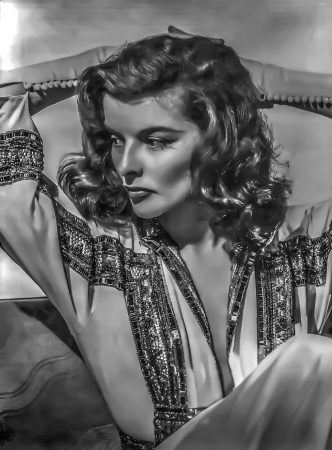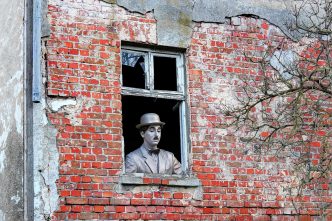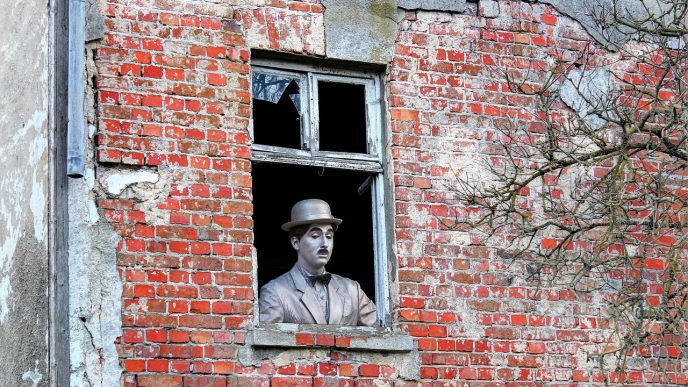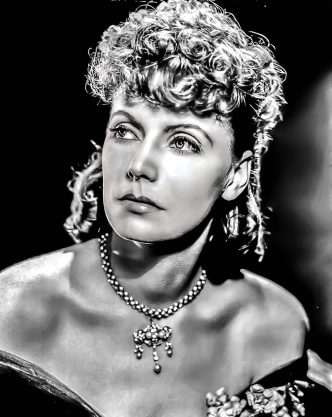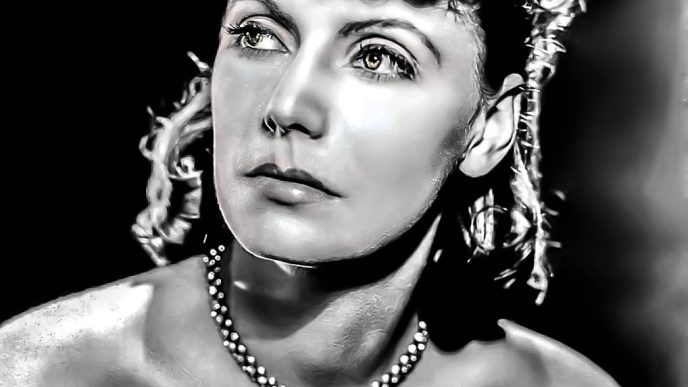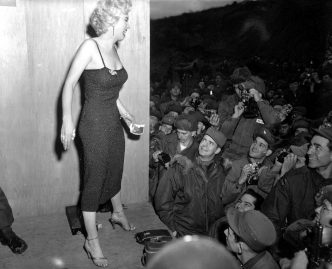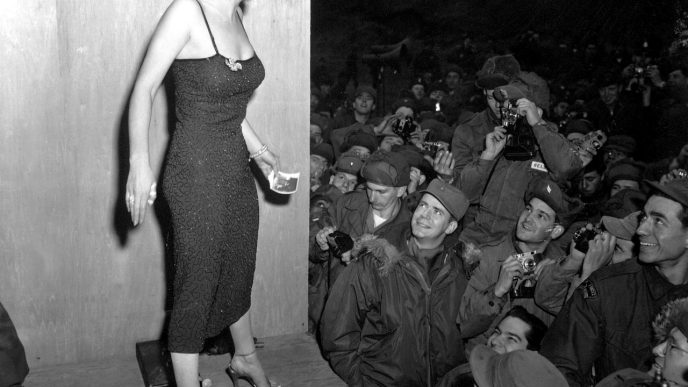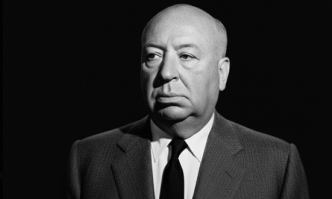In the landscape of Hollywood legends, few stars burn as brightly or as briefly as James Dean. With a career that lasted only five years and was defined by just three major films, he nonetheless became one of the most influential cultural figures of the 20th century.
Dean was more than an actor; he was the raw, beating heart of a generation. His portrayal of confused, emotionally driven, and rebellious teenagers captured the restless spirit of 1950s youth in a way no one had before. His tragic death in a car accident at the age of 24 cemented his status as an immortal symbol of defiance, angst, and unfulfilled potential. To understand James Dean is to understand the birth of the modern teenager as a cultural force and the enduring power of an icon who remains, forever, a rebel without a cause.
From Indiana Farm to New York Stage
James Byron Dean was born on February 8, 1931, in Marion, Indiana. His early life was marked by tragedy when his mother, with whom he was very close, died of cancer when he was just nine years old. Unable to care for him, his father sent him back to Indiana to be raised by his aunt and uncle on a farm. This lonely and troubled adolescence would later fuel the wounded sensitivity that defined his most famous roles.
An exceptional and popular student, Dean excelled in drama and public speaking in high school. After graduating, he moved back to California to study law but soon changed his major to drama at UCLA. He dropped out of college in 1951 to pursue acting full-time, landing small roles in television commercials and shows. Seeking more serious training, he moved to New York and immersed himself in the world of method acting, studying under the legendary Lee Strasberg. This technique, which required actors to draw on their own emotional memories, was perfectly suited to Dean’s raw, naturalistic style.
A New Kind of Hero: Stardom in Three Films
James Dean’s explosive rise to fame rests on a trio of performances that redefined the cinematic hero. He broke through the polished, older styles of Hollywood acting with a raw emotion that felt startlingly real.
His breakout role came in East of Eden (1955), where he played Cal Trask, a tormented young man desperately seeking the love of his estranged father. Dean’s performance was a masterclass in method acting; he fully immersed himself in the character’s inner turmoil, bringing a palpable and painful vulnerability to the screen. The role earned him his first Academy Award nomination for Best Actor, making him the first actor to receive a posthumous nomination.
It was his next film, Rebel Without a Cause (1955), that propelled him into icon status. As the disillusioned teenager Jim Stark, Dean became the voice of a generation grappling with feelings of alienation and frustration in post-war America. His performance channeled the confusion and angst of adolescence, creating an archetype of the sensitive misfit that continues to influence pop culture today. The film resonated deeply with young audiences who saw their own struggles reflected in his character’s yearning for acceptance.
His final film, Giant (1956), released after his death, showcased his versatility. Acting alongside Hollywood veterans Elizabeth Taylor and Rock Hudson, Dean played a brooding ranch hand who strikes oil and becomes a wealthy tycoon. The role earned him a second posthumous Oscar nomination, making him the only actor in history to receive two.
The Rebel Persona and Tragic End
Off-screen, Dean cultivated an enigmatic “live fast, die young” persona that mirrored the rebellious characters he played. He had a passion for car racing, bullfighting, and a reckless, thrill-seeking nature. His fashion—jeans, t-shirts, and leather jackets—was a radical departure from the formal attire of most Hollywood stars and became a uniform for rebellious youth.
On September 30, 1955, at the peak of his fame, Dean was driving his new Porsche 550 Spyder to a race in Salinas, California, when he was involved in a head-on collision. He was killed instantly at the age of 24. The tragedy of his death, occurring just as his career was exploding, immortalized him. He was frozen in time as the beautiful, tormented young man full of unfulfilled promise.
Conclusion: An Enduring Legacy
James Dean’s legacy is far greater than the sum of his three films. He was a cultural phenomenon who gave a face and a voice to the anxieties of an entire generation. His raw, emotional acting style pushed Hollywood into a new era of realism, and his image as the sensitive rebel has been endlessly imitated but never duplicated. He remains a timeless symbol of youthful defiance, a poignant reminder of the burning intensity of a life lived too fast and cut too short.

Dario Loce is the founder and editor of Celebrimous. He is a lifelong film enthusiast and the author of several locally-published books on cinema history and analysis. His passion is deconstructing the “how” and “why” of filmmaking, from the director’s vision to the editor’s cut. When not lost in a classic film, he’s usually walking through the city, replaying scenes in his mind like unfinished stories.


